Europe-China Forum 2025
Next event In person & livestreamed
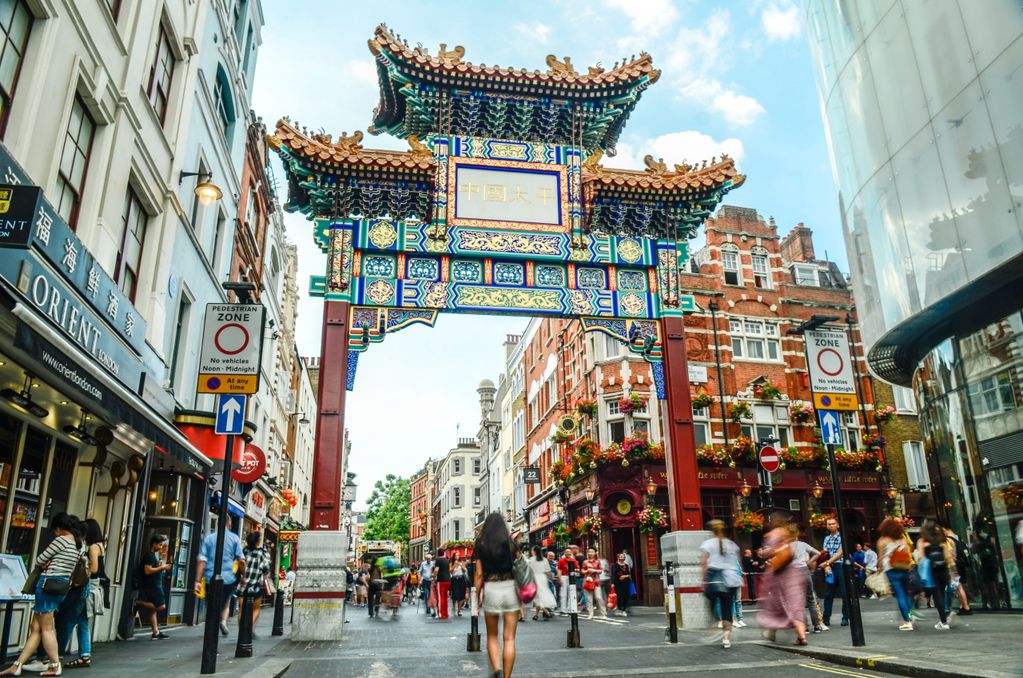
- Area of Expertise
- Global Europe
Global Europe

Managing Director at New Horizons Project
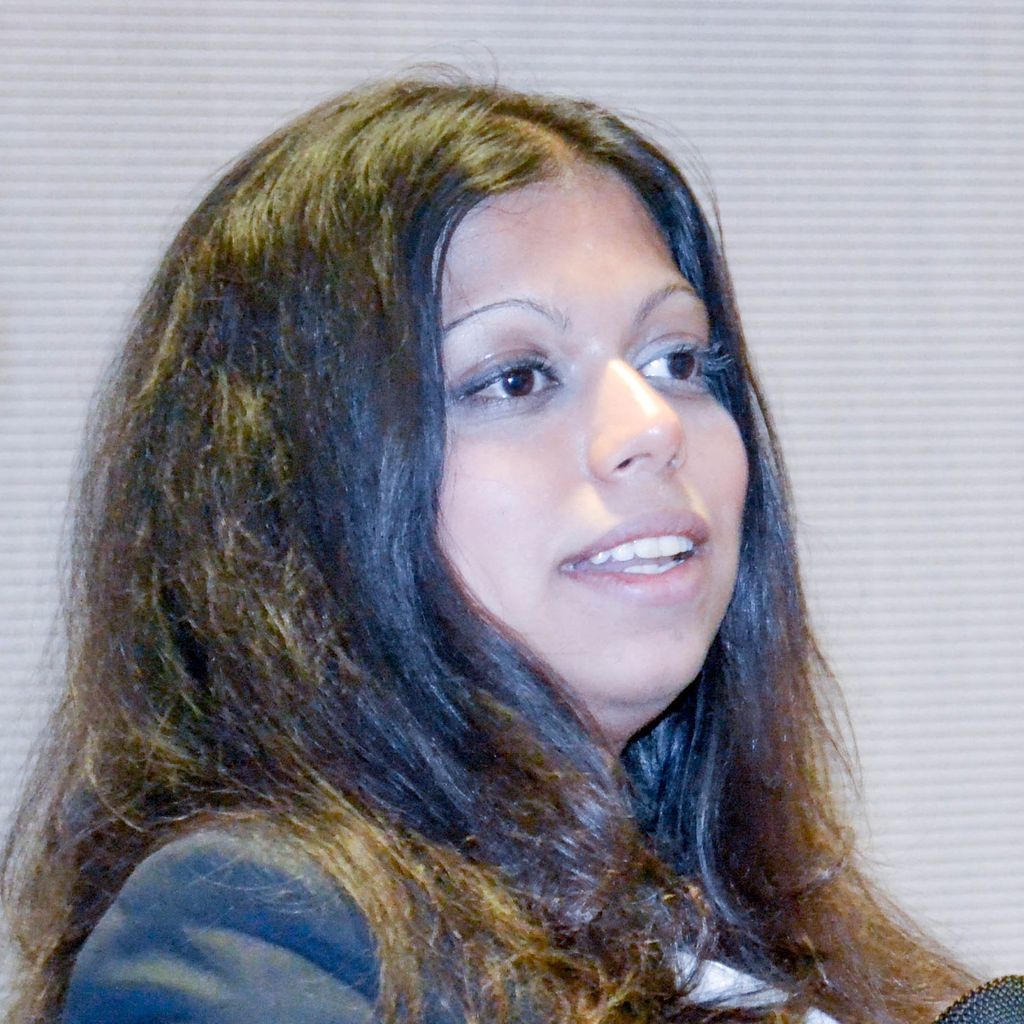
Researcher and Head of Agora Asia-Europe Programme at FRIDE
Expectations of change are high as Narendra Modi, leader of the Hindu Nationalist Bharatiya Janata Party (BJP), takes charge as India’s new prime minister. Critics describe him as controversial and polarising. But with his ground-breaking outright parliamentary majority, Modi certainly has the mandate to take strong and decisive action to revive economic growth and tackle India’s many other challenges.
Indian business leaders have embraced Modi as their man, seeing him as the best hope for ending paralysed government policy and bringing in more foreign investment. An impressive turnaround in the fortunes of Gujarat, the Indian state he led as chief minister since 2001 (his supporters speak of a “Gujarat model of success”), has further burnished Modi’s credentials.
Still it won’t be easy. With India’s economic reform and liberalisation programme running out of steam and growth falling from 10.3 per cent in 2010 to less than 5 per cent annually, the new prime minister faces an uphill struggle to turn election pledges into effective national policies.
A paradigm political shift
He has the voters with him. Modi’s election victory is stunning, triggering a tectonic paradigm shift in Indian electoral politics. The BJP-led coalition, the National Democratic Alliance (NDA), won 336 seats in the 543-seat Lok Sabha (India’s lower house of Parliament), with the BJP itself securing a sweeping outright majority by winning 283 seats.
The impressive numbers mean that he owes his victory to Indians from every caste, class and religious background, including Muslims, many of whom appear to have set aside their suspicions about his role in the bloodletting in Gujarat in 2002. Modi has always denied any wrongdoing and the Indian Supreme Court ruled in 2010 he had no case to answer. The election also signals a radical transformation of India’s political landscape, with the long-ruling Congress Party, led by the Gandhi dynasty, winning only 44 seats, down from 209 in the previous Lok Sabha.
Good times are coming
During hundreds of rallies across the country, the BJP leader promised his voters that “good times are coming” as he vowed to promote development, revive economic growth, tackle youth employment, build a world-class infrastructure, and ensure women’s safety.
The list of tasks for the incoming government is long and Modi, who campaigned on promises of “smaller government, more governance”, will have to act fast. The first priorities will be to kick-start the economy, overhaul the infrastructure sector and with 13 million young people entering the job market every year, the new Indian leader will have to act quickly to deliver on promises to create jobs.
It will be a challenge. Analysts say India must create 10 million jobs a year, four times the pace of the last 5 years, to absorb youth into the workforce. Over half the country’s population is aged under 25 years.
Big and bold
Rebooting India’s economy will require big and bold reforms on several fronts, including changes in labour laws which discourage foreign companies from setting up factories in India. Such a change is pivotal: revving up the manufacturing is essential to create more jobs, but manufacturing makes up only 15 per cent of India’s economy, compared to 31 per cent in China.
An overhaul of India’s tax system and better infrastructure will also help encourage foreign investors. In addition, with his focus on urbanisation, Modi has promised to build 100 new cities and construct a high-speed rail network. With 400 million Indians still living in desperate poverty and 217 million of the country’s children malnourished, enormous social challenges continue to demand attention.
Much will depend on the distribution of key portfolios such as finance, external affairs, defence and interior. All eyes are also on the first budget, expected to be released in June or July, which could give clear signs on the government’s economic vision and policy priorities.
Foreign policy challenges
Modi spoke little about foreign policy during the election campaign, leading to speculation that a drastic shift from past policies is unlikely, not least because of the continuity provided by India’s permanent bureaucracy. Analysts concur that the government’s engagement with the outside world is expected to focus heavily on trade and investment.
Pakistan has wasted no time in making overtures to the incoming prime minister. Modi has been invited to visit Pakistan but many are worried the new Indian prime minister will be hostile towards its neighbour. The optimistic view is that Modi will follow in the footsteps of the former Indian prime minister Atal Bihari Vajpayee who was also a BJP leader but developed good relations with his Pakistani counterpart Nawaz Sharif in the 1990s. Sharif is also Pakistan’s current prime minister. In addition, Modi’s domestic growth and jobs agenda requires stability in India’s neighbourhood.
The new Indian leader will have to make up his mind on whether he wants to do business and trade with China or whether – as some of his statements have indicated – he will adopt a more assertive posture towards Beijing. The body language between Modi and Chinese President Xi Jinping at the BRICS Summit in Brazil in July – likely to be one of Modi’s first overseas visits — will give a first signal of the future relationship between two of Asia’s leading powers.
Modi will almost certainly pursue stronger economic ties with Japan, with an eye on expanding the flow of Japanese investments into the country. Relations with ASEAN are likely to be further consolidated as part of India’s “Look East” policy of upgrading economic ties with Asia’s rising economies.
Oh, America!
The greatest momentum in US-Indian relations came during the 2000s, when India was growing at rates approaching 10 per cent – but the once-thriving relationship hit stormy weather last year over allegations that a New York-based Indian diplomat, Devyani Khobragade, had committed visa fraud over the employment of a maid. The situation is made more complex by the fact that Modi is the only person ever to be banned from traveling to the US under the International Religious Freedom Act. A congressional report earlier this year said the BJP leader would qualify for a visa if he became leader. US President Barack Obama has said he looks forward to working closely with the new Indian leader to “fulfill the extraordinary promise of the US-India strategic partnership.” Modi is expected to travel to New York for the United Nations General Assembly meeting in September. A visit to Washington is likely to follow.
Last but not least: Europe…
Given the expected focus on Washington, Beijing and Pakistan, relations with the European Union (EU) are not likely to be an immediate top priority for the new government. The EU is hoping, however, that Modi will put energy and effort into the successful conclusion of the much delayed EU-India Bilateral Trade and Investment Agreement (BTIA).
“Investors from Europe are bullish about India’s growth potential and want to see New Delhi and Brussels iron out their differences over the BTIA. We hope that the new Indian Government will be able to take some hard decisions necessary to spur growth and investments,” says Sunil Prasad, Secretary-General of the Brussels-based Europe-India Chamber of Commerce (EICC).
Brussels and Delhi have been trying to clinch the elusive investment deal for the last seven years. But differences over tariffs and market access as well as questions related to the protection of intellectual property rights have impeded progress.
The opening up of Indian’s insurance market, changes in government procurement rules and market access for automobiles as well as wines and spirits are important issues for the EU. India is insisting on more labour mobility, professional work visas and recognition as a data secure country to attract more European investments in its high tech sector.
EU officials say the pact could be signed in 2015 – provided both sides summon up the political will to look beyond the array of technical issues to the deeper strategic importance of their relations. A recent EU ban on imports of Indian mangoes because of phyto-sanitary concerns has injected new strains in the relationship, however.
Stronger interest
Beyond the BTIA, Brussels is hoping the new government will demonstrate stronger interest in developing the EU-India relations. Europe and India have much to discuss. The new government’s jobs and growth programme resonates deeply in Brussels given the EU’s own struggle to generate employment and boost economic recovery. Both sides confront the challenge of expanding economic reforms, bolstering trade and tackling regional disparities.
The EU-India conversation on security and counter-terrorism has taken off as has cooperation on regulatory cooperation and data protection. Discussions on environmental protection, urbanisation and water and food security are ongoing.
The challenge now is to take the relationship to a higher and more genuinely strategic level. European investors are willing and eager to enter the Indian market. European know-how could be valuable to India’s reform and modernisation agenda. Europe, meanwhile, needs new markets to keep its modest economy on track.
EU and Indian leaders have not met for summit talks since February 2012. An early meeting between Modi and the EU’s new presidents of the European Commission and the EU Council this autumn will be an important step in marking a fresh start in relations. Convening such a meeting should be a priority.
This article was first published on Friends of Europe, and the topic will be further discussed at their Policy Insight “Indian elections: Gearing up for a “new” India?” on June 12, 2014 in Brussels.
Next event In person & livestreamed

Past event
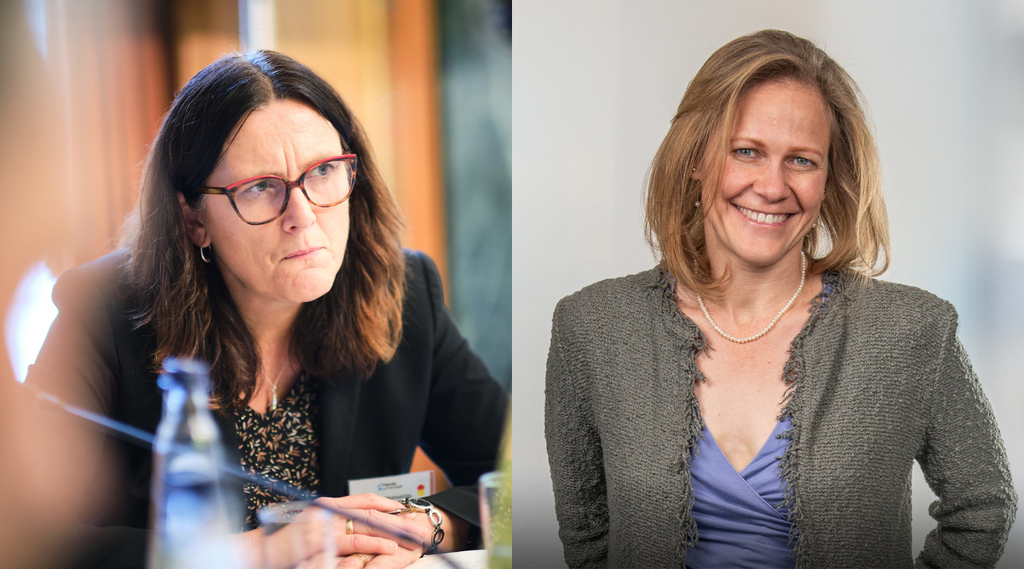
Past event Online
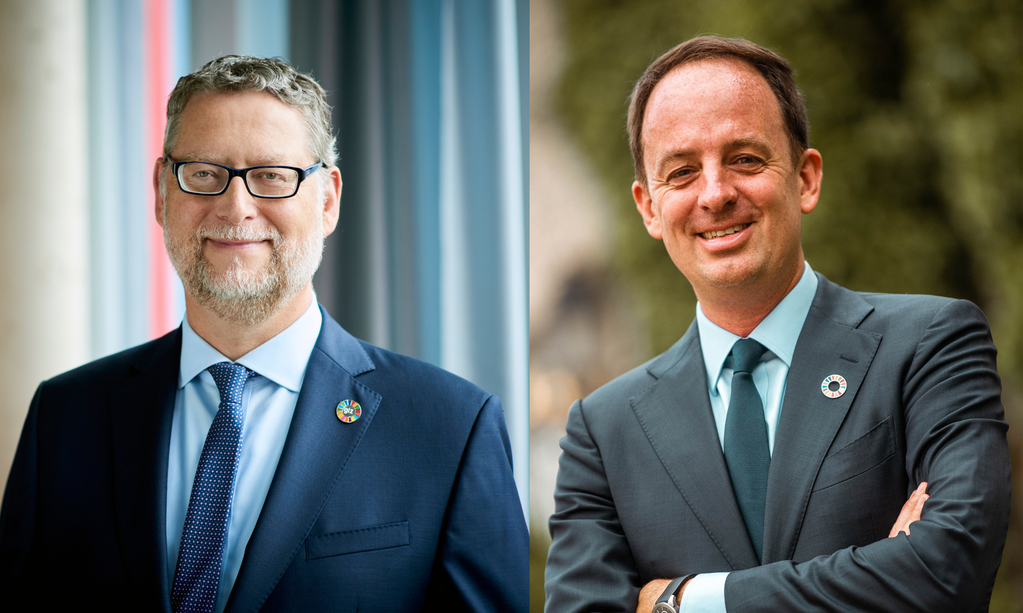
Past event IN PERSON & ONLINE

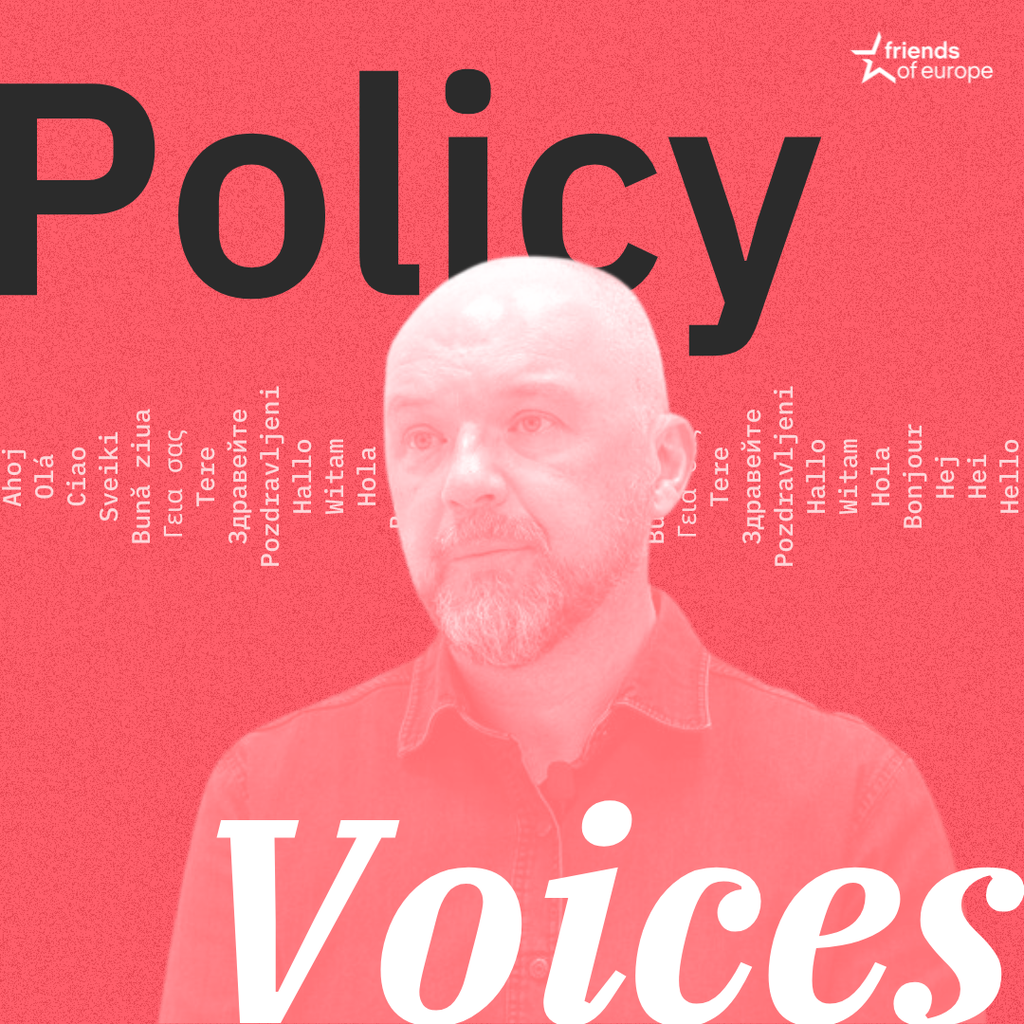
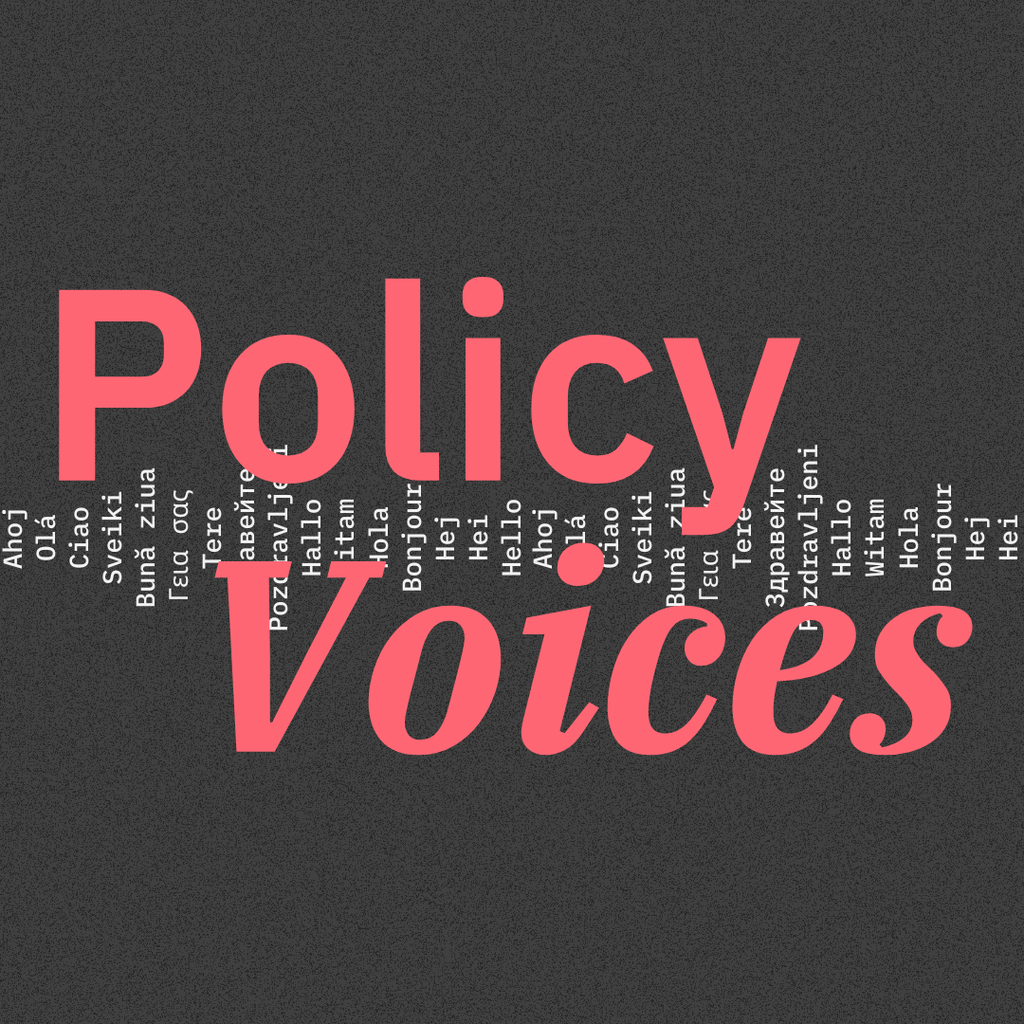
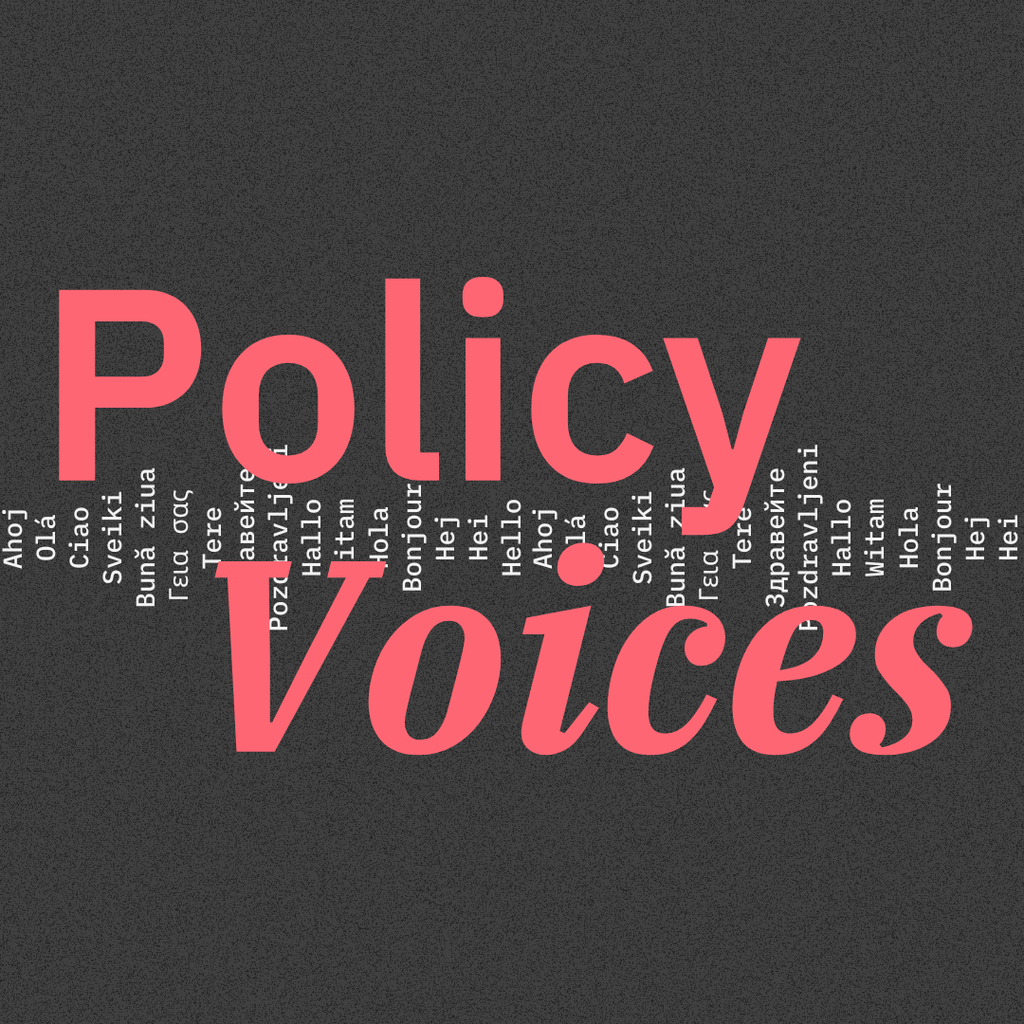

Stay informed
We use cookies and similar technologies to adjust your preferences, analyze traffic and measure the effectiveness of our campaigns. Learn more about our privacy policy.